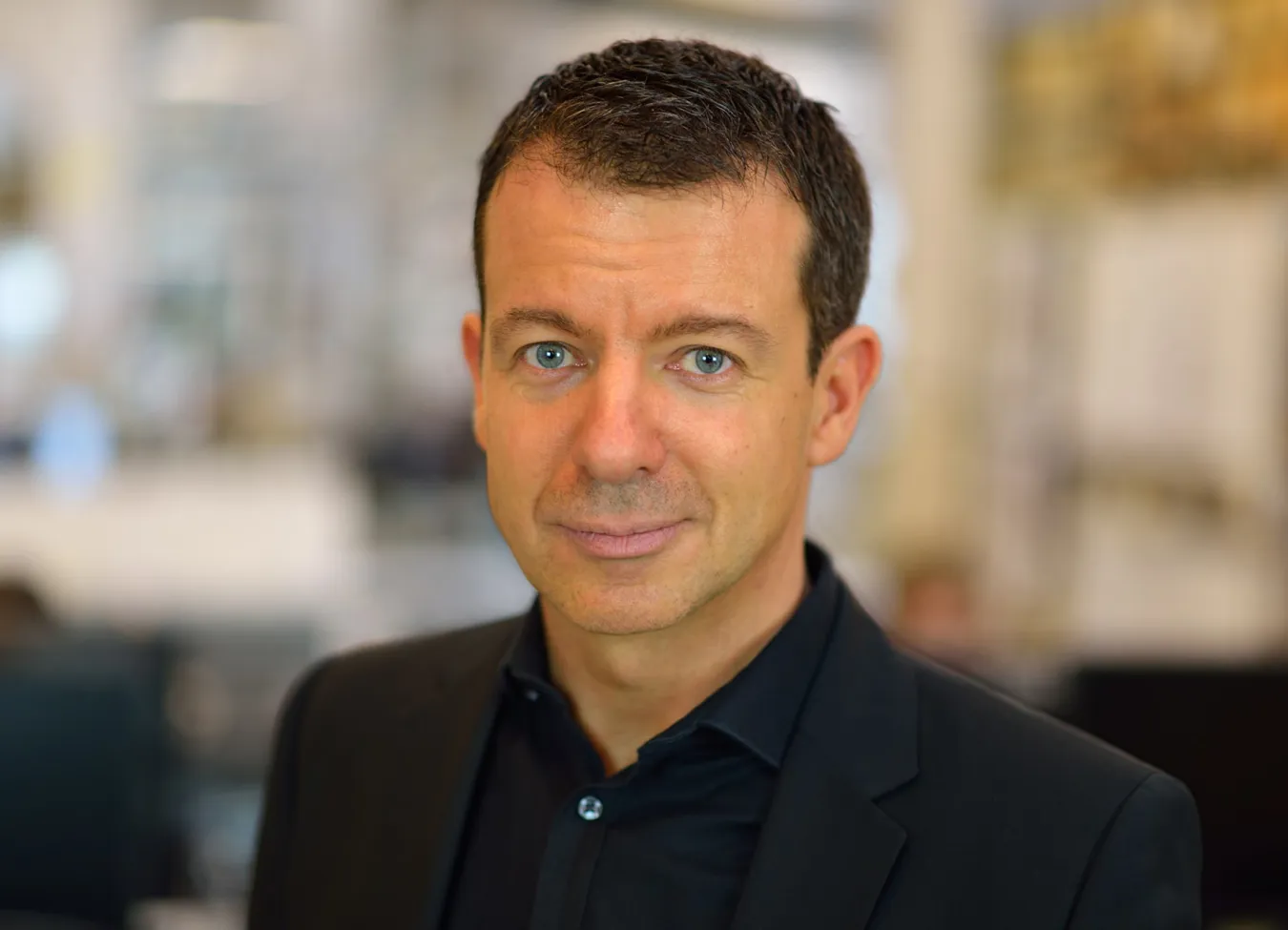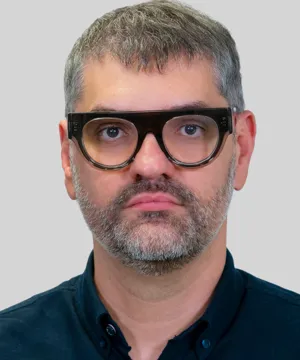Partner and Director of Strategy at MVRDV, Jan Knikker (Bad Soden Taunus, DE - 1972) joined MVRDV in 2008. Prior to this, Knikker worked at OMA / Rem Koolhaas for nearly a decade, after having first begun his career as a journalist and wine seller. As Partner and Director of Strategy at MVRDV, Knikker drives business development, public relations and visualisation efforts, spearheading a large and dynamic studio which is also responsible for publications and exhibitions. He leads MVRDV’s strategy to generate solutions to global challenges through a multifaceted approach to architecture, urbanism, sustainability, research and computing. In this function, he oversees the output of MVRDV and engages personally in projects such as a resort and estate in Taiwan, the renovation and extension of an estate in France, or the masterplan for the reopening of the canals of The Hague, which were closed over in the 1960s. This is being enacted via a public participation process involving a neighbourhood committee.Knikker regularly lectures at international, commercial, and academic venues in the USA (CTBUH, Atlanta Design Festival), Germany (Polis Convention, Stiftung Baukultur), the UK (RIBA and the universities of Coventry, Liverpool, Manchester, Aberdeen), Israel (CTBUH, Technion, Bezalel), Colombia (Universidad Nacional, Utadeo), Australia (RMIT), Kuala Lumpur (UCSI), the Netherlands (TU Delft), and many other notable venues. Knikker has a leading role in writing and contributing to numerous MVRDV publications and exhibitions, including MVRDV Buildings and Carbon Confessions.Knikker regularly contributes to a range of design-field publications regarding urban transformation and urban regeneration, notably acting as deputy editor of Winy Maas’ guest editorship of Domus Magazine in 2019. In 2021, Knikker wrote and published the RIBA-bestseller How To Win Work, a book bridging the gap between architects and marketing by giving practical tips, best-practice advice, and anecdotes for small architecture practices. From 2019 to 2024, he was a member of the Aesthetics and Heritage Council of the City of Wiesbaden. He also led the online design magazine Dafne, and from 2007 to 2011 was a member of the International Projects Commission of the Netherlands Architecture Fund.
“We refuse to become specialists in just one thing. We want to have a very wide portfolio – a portfolio which we are transitioning towards being Paris Proof and being a solution for future generations, rather than a problem.” – Jan Knikker









